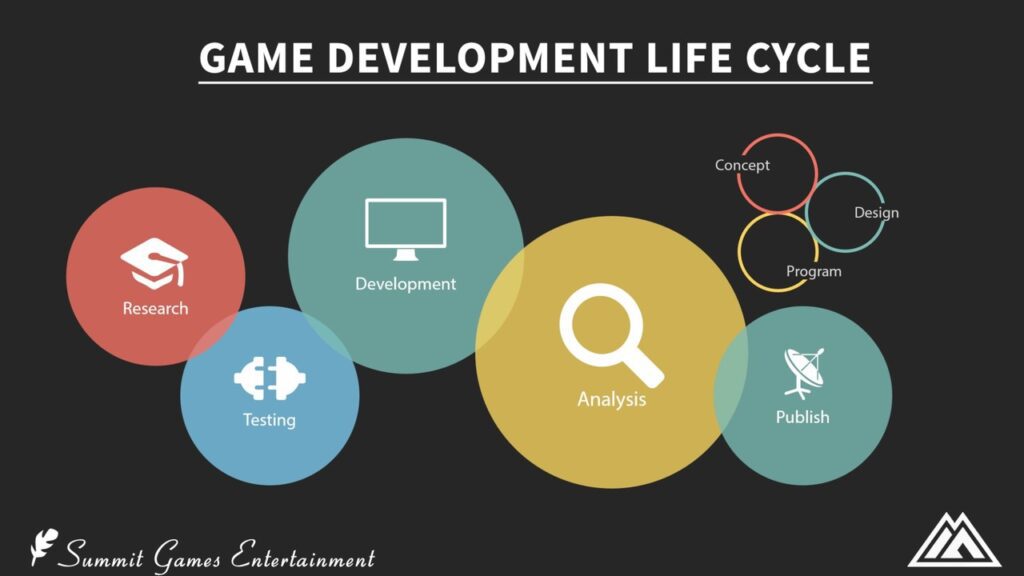The evolution of game design and animation has come a long way since the early days of arcade gaming. From 8-bit graphics to virtual reality, game creators have utilized advancements in technology to improve gameplay and create more immersive experiences. 16-bit graphics in the 80s marked a significant improvement, followed by 3D graphics in the mid-90s, which allowed for more intricate worlds. Today, motion capture technology is used to create more realistic movements for characters, resulting in an even more immersive experience. As technology continues to advance, the possibilities for game animation are endless, and we can expect even more engaging experiences in the future.
Reflections on Game Animation: An Examination of the Evolution of Game Design
Introduction
Game animation has come a long way since the early days of arcade gaming. With advancements in technology, game creators have the ability to create more realistic and immersive experiences for players. From the 8-bit graphics of Pac-Man to the virtual reality of modern games, the evolution of game design and animation has been nothing short of incredible.
The Early Days
In the early days of gaming, animation was limited by the technology available at the time. Graphics were pixelated and movements were rigid. Games like Pong and Space Invaders relied heavily on simple animations that could be easily replicated by the technology of the time. As technology developed, so did game animation. The introduction of 16-bit graphics in the ’80s marked a significant improvement to game animation, resulting in more fluid movements and more detailed visual representations.
The Rise of 3D
The introduction of 3D graphics in the mid-’90s marked another pivotal moment in game animation. With 3D graphics, games could provide players with more immersive experiences than ever before. The introduction of consoles like the PlayStation and Nintendo 64 brought 3D gaming to the mainstream, giving game creators the tools they needed to create more detailed and intricate worlds.
Modern Gaming
Today, game animation has reached new heights with the advent of virtual reality and motion capture technology. Games like Call of Duty and Madden NFL use motion capture to create more realistic movements for their characters. This technology allows game creators to capture the movements of real athletes and actors, resulting in more realistic and immersive animations.
The Future of Game Animation
As technology continues to advance, so will game animation. With the introduction of more powerful consoles and VR headsets, game creators will have even more tools at their disposal to create even more immersive and engaging experiences. The future of game animation is exciting and it’s fascinating to see how far it has come in just a few decades.
Conclusion
In conclusion, game animation has come a long way since the early days of arcade gaming. The evolution of game design and animation has been remarkable and it’s exciting to see where it will go in the future. With advancements in technology, the possibilities for game animation are endless, and we can’t wait to see what game creators come up with next.
